I know I’m in the minority, but I’m just not a fan of mums anymore. They're great for huge swaths of temporary color especially in commercial properties, but I'll pass in my own front yard. I think it’s simply a case of being tired of being tired of planting essentially the same plant year after year, only in a different color or size. I've also noticed that I am veering away from the precise, formal plantings that are typical of beds of mums. Instead, I am beginning to prefer a much more casual, natural look with its unusual twists and its unexpected delights.
.jpg)
Looking for some new ideas for fall color, I asked the staff of Missouri Wildflowers Nursery, Jefferson City, Missouri, for their suggestions. Based on their enthusiastic recommendations, I came home with several new fall bloomers to add color, movement and activity to my gardens. Three of my new additions have just burst into flower this past week and are already becoming showstoppers. I’m looking forward to sharing them with you over the next couple of weeks.
ROUGH BLAZING STAR Liatris aspera

The genus Liatris is native to much of the continent of North America, where there are about 40 different varieties. Because it grows in so many different regions, multiple species with a variety of characteristics have evolved over time. We’ve grown several of the other liatris varieties before – for example, Prairie Blazing and Bottlebrush, and we’ve loved seeing their bright purple spikes tower above our bright yellow coneflowers. Rough blazing star however, was new to us. When we planted it, I assumed it would be essentially the same as the others. Now that it’s blooming, I can understand why the Missouri Wildflowers staff feels that Liatris aspera is an essential element of a dynamic fall garden.
Like other liatris varieties, rough blazing star has an upright growth habit, potentially reaching up to 4 ½ or 5 feet in height. It thrives in dry, rocky or sandy soil and, once established, is both heat and drought tolerant. In order to reach its full potential, aspera needs at least six hours of sunlight each day. It rarely, if ever, needs any type of fertilization or specialized care. Be careful no to “over mulch” since consistently wet roots, especially during the winter months, will kill the plant.
Rough blazing star plants begin flowering in late August and early September, when temperatures are “blazing” hot. The purple fluffy, star-like flowers are crowded onto long spikes at the top of erect stems which are filled with bright green narrow leaves. All of the flowers on a stem tend to open at about the same time, which makes for a dramatic showing in the garden or as a bouquet on the table. Deadheading spent flowers in the garden may extend the bloom period a bit, but isn’t necessary.
Depending on the weather, asperas may continue to bloom throughout October. In our area, rough blazing stars will die back to the ground in winter and will re-sprout again in the spring. Dividing clumps or separating corms every few years in either spring or fall will help the plants to stay vigorous.
Besides being a beauty in the garden, rough blazing stars are one of the most ecologically friendly plants you can grow. Butterflies such as black and tiger swallowtails, clouded sulphurs, aphrodite fritillaries, painted ladies and red admirals regularly visit rough blazing star as a fall food source. The Xerces Society names it as a healthy nectar source for Monarchs. Six species of butterflies and moths, including the flower moths Schinia gloriosa and Schinia sanguinea, rely on it as a host plant. It is a food source for the endangered rusty-patched bumblebee, as well as honeybees, bumblebees and scores of native bees and wasps. Hummingbirds are common visitors in the late summer months, feeding on the nectar as they migrate south for the winter. Other small songbirds precariously alight upon the stems to eat the flowers’ small seeds. Because of its rough textured foliage, deer and rabbits tend to avoid eating it, looking instead for a much more palatable meal.
Last spring, we added rough blazing star to our patch of prairie in the front yard and to two of our pollinator gardens in the back. It sits surrounded by some of its favorite companion plants: echinacea, rudbeckias, coreopsis and asters to name a few. In another setting, it could be used as a dramatic mass planting or as a unique structural element. Including it in a cutting garden could assure you of a plentiful supply of fresh flowers when the the summer beauties begin to fade.
Although it’s only the first season for my rough blazing stars, I can honestly say that I am thrilled with them. They have not only been healthy, vigorous plants, but they have added both a touch of beauty for me and an appealing buffet for the local insect population. Tomorrow, if it doesn't rain, I think that I'll cut a small bouquet for my dining room table so I can enjoy the blooms inside and out.
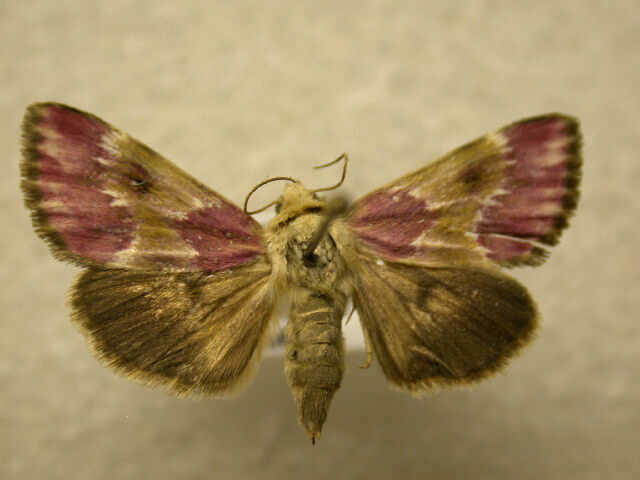
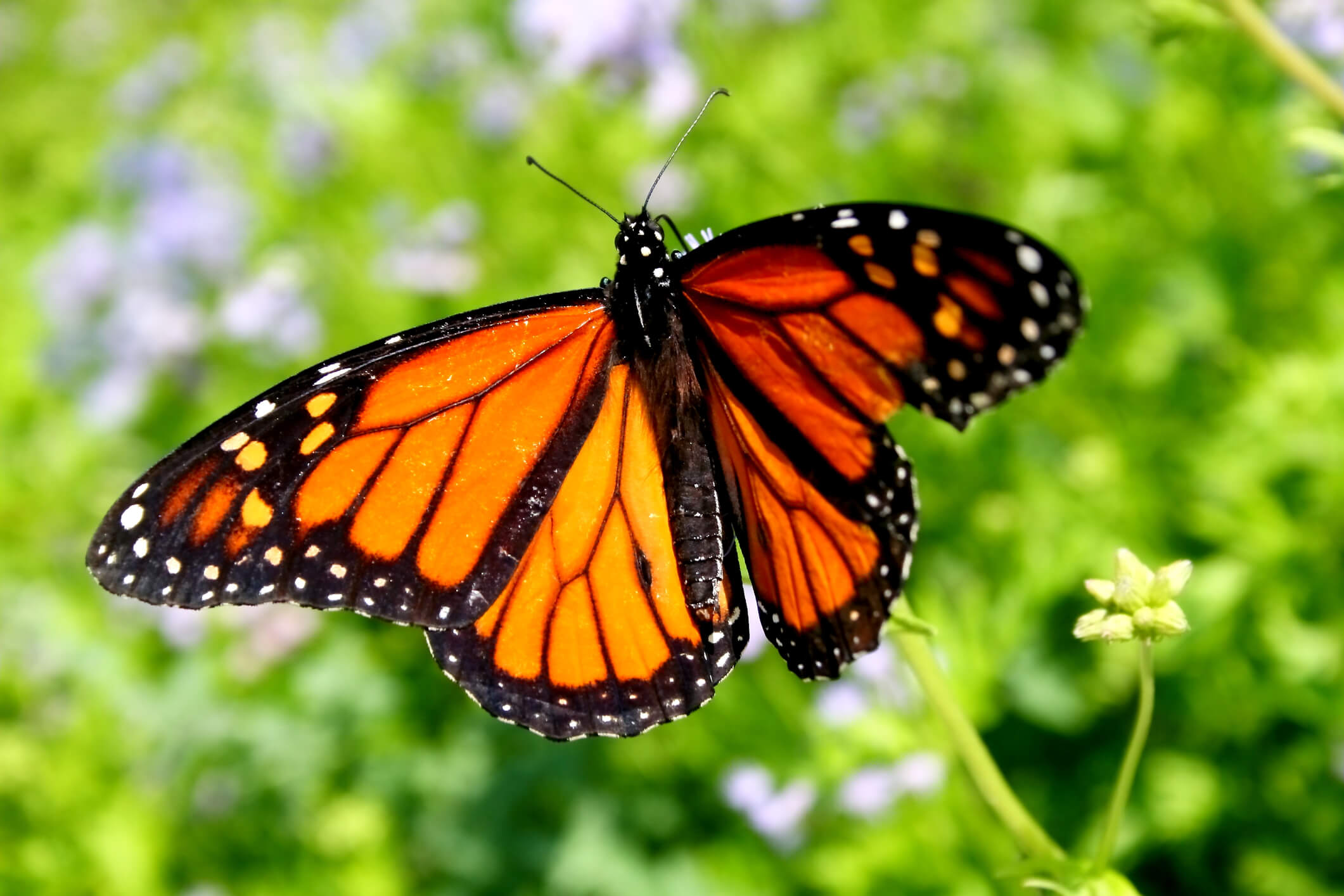

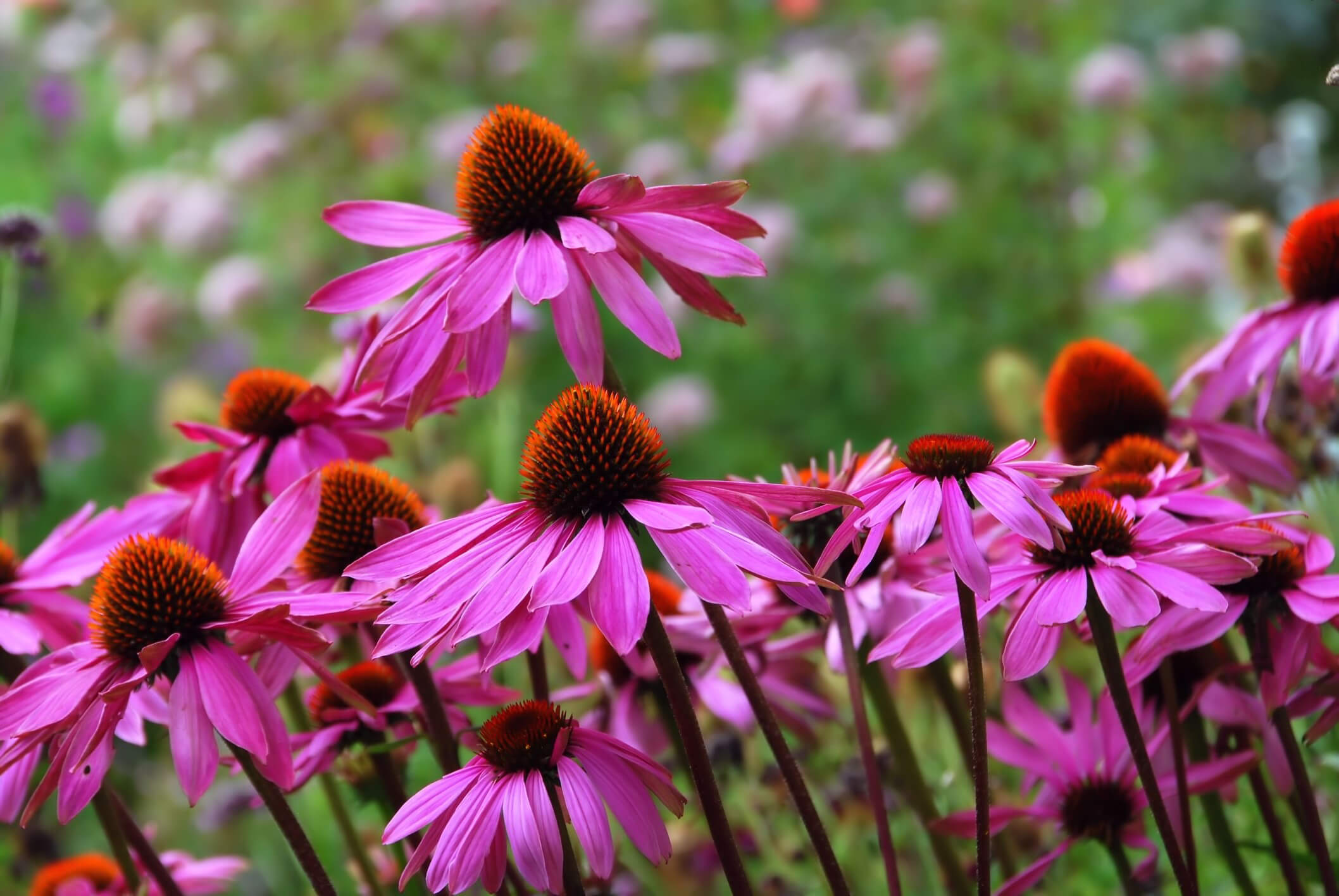
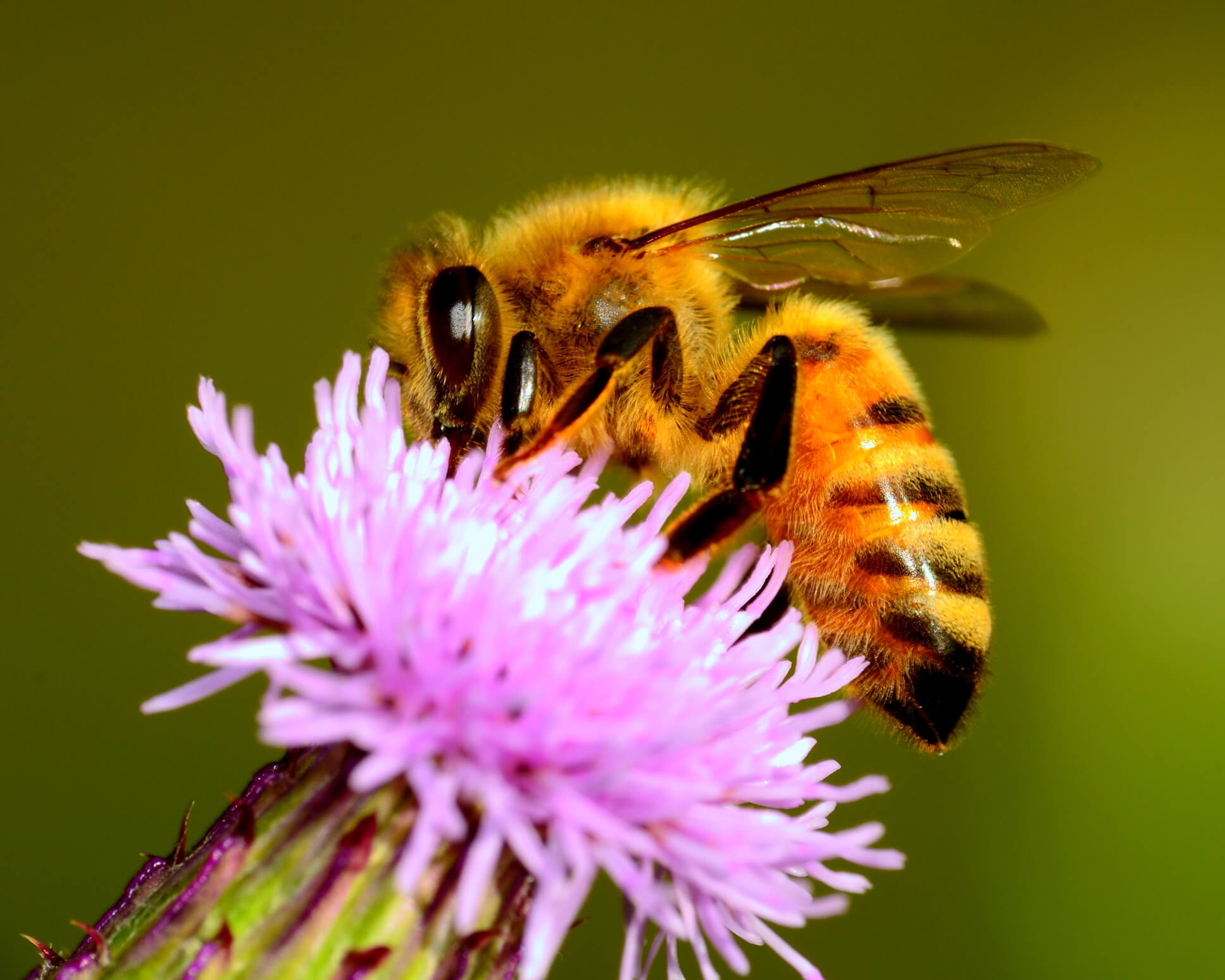
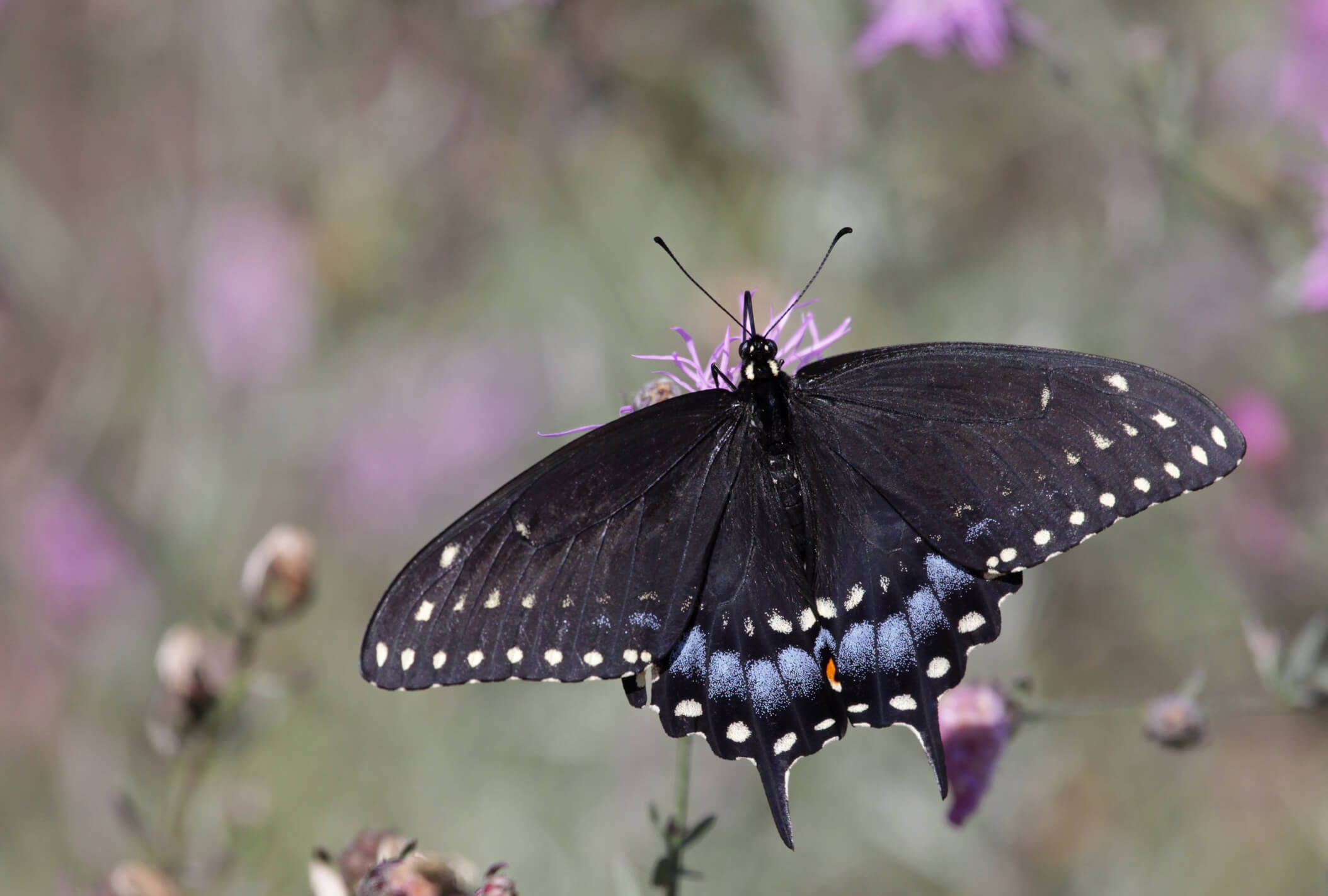
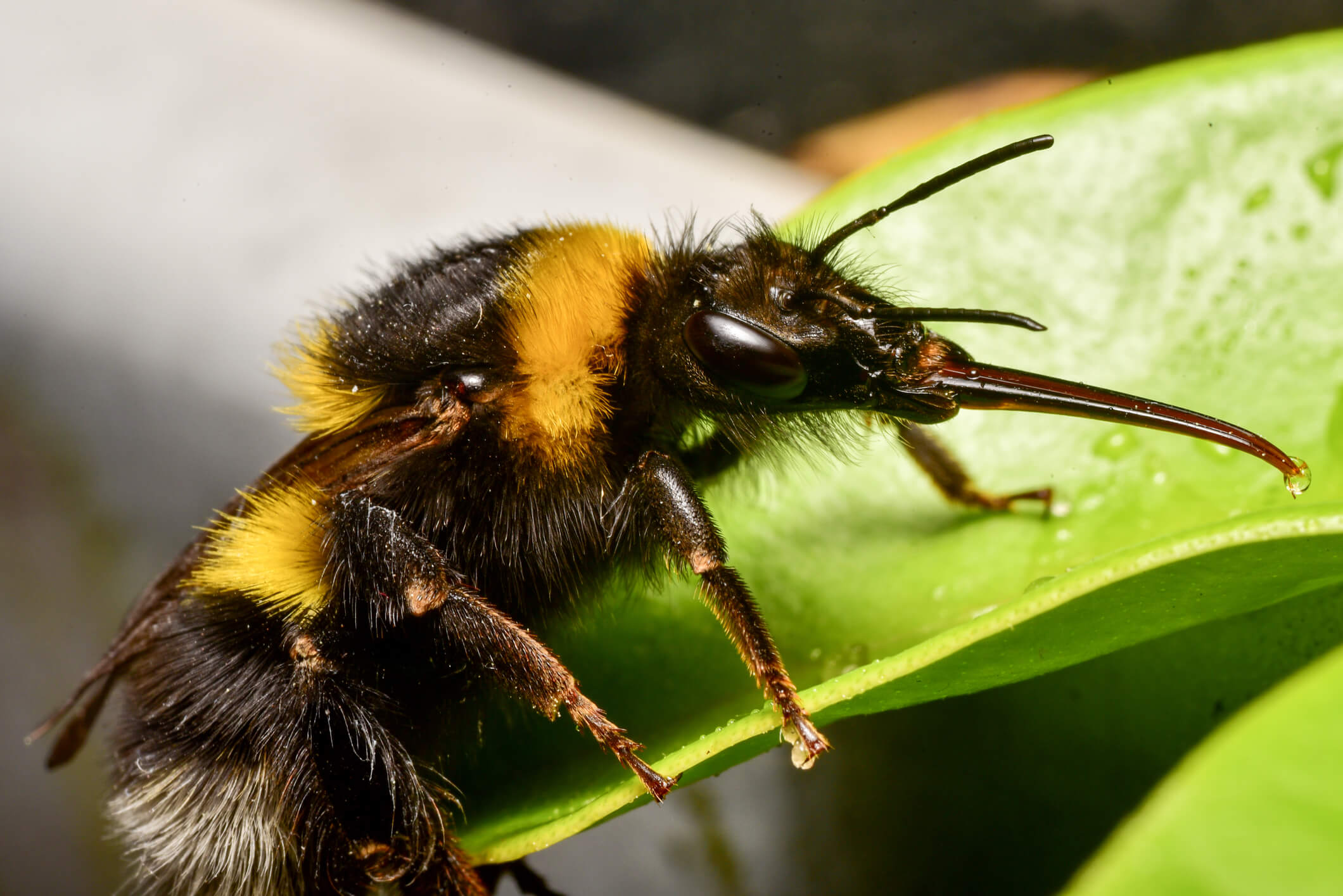
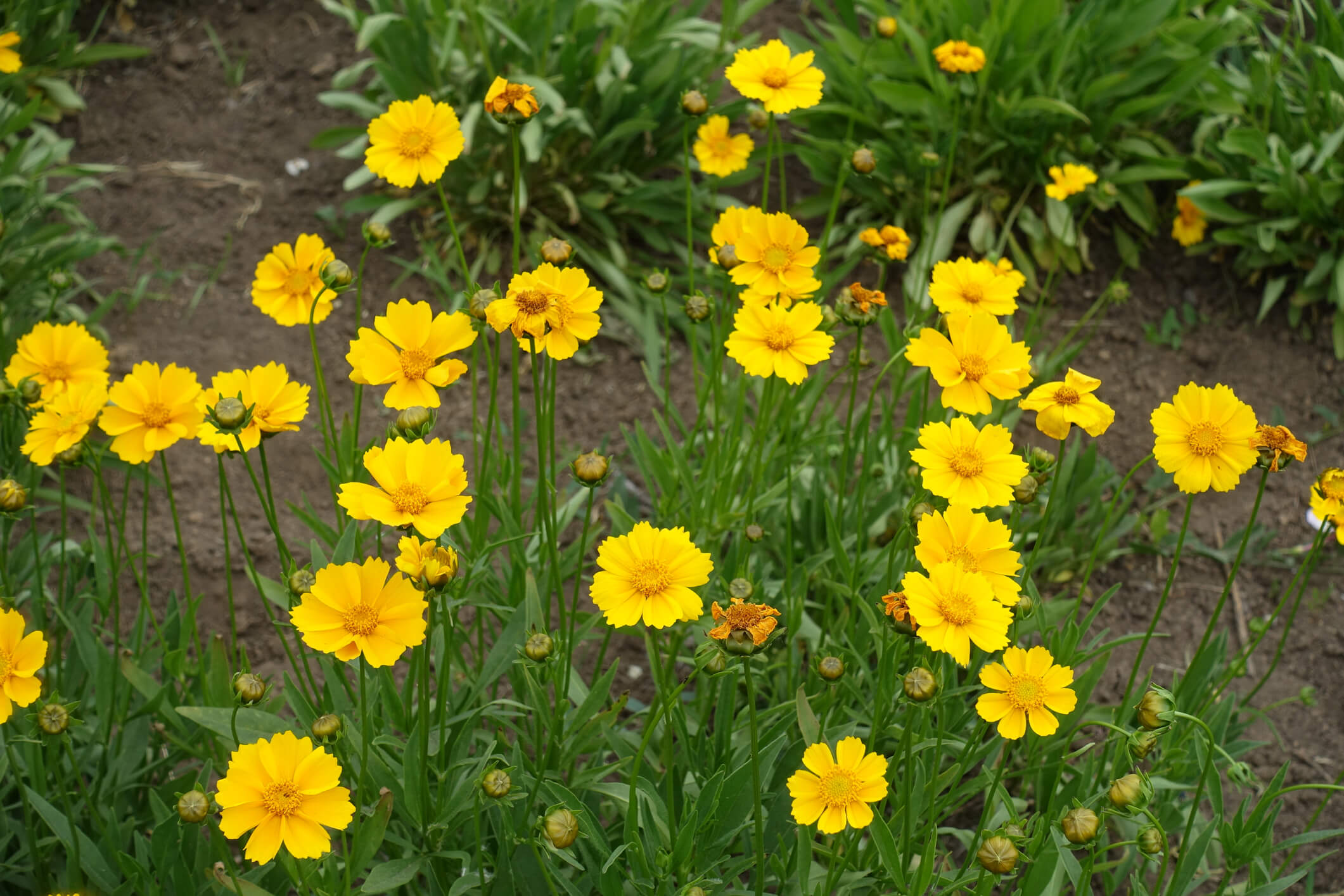
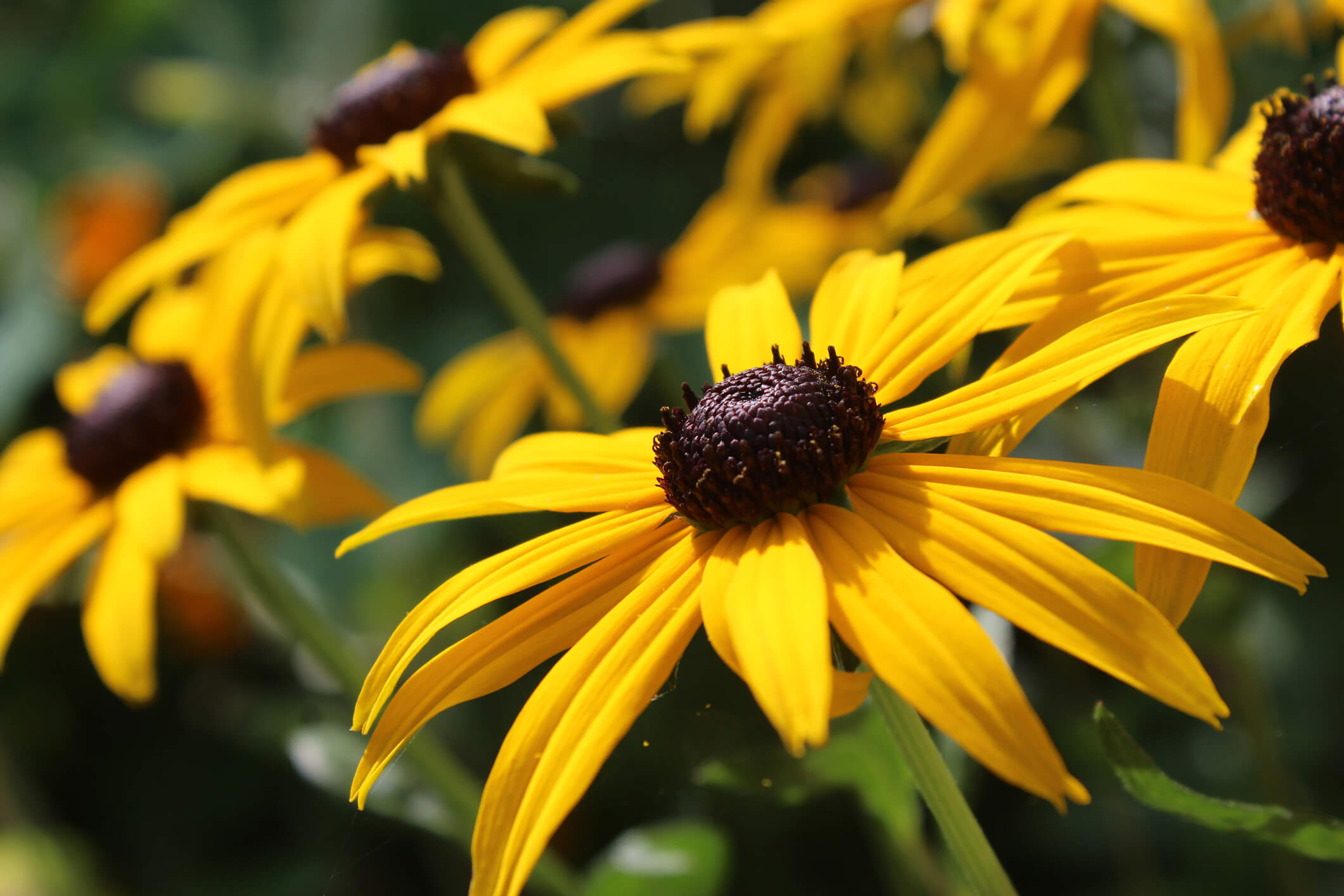
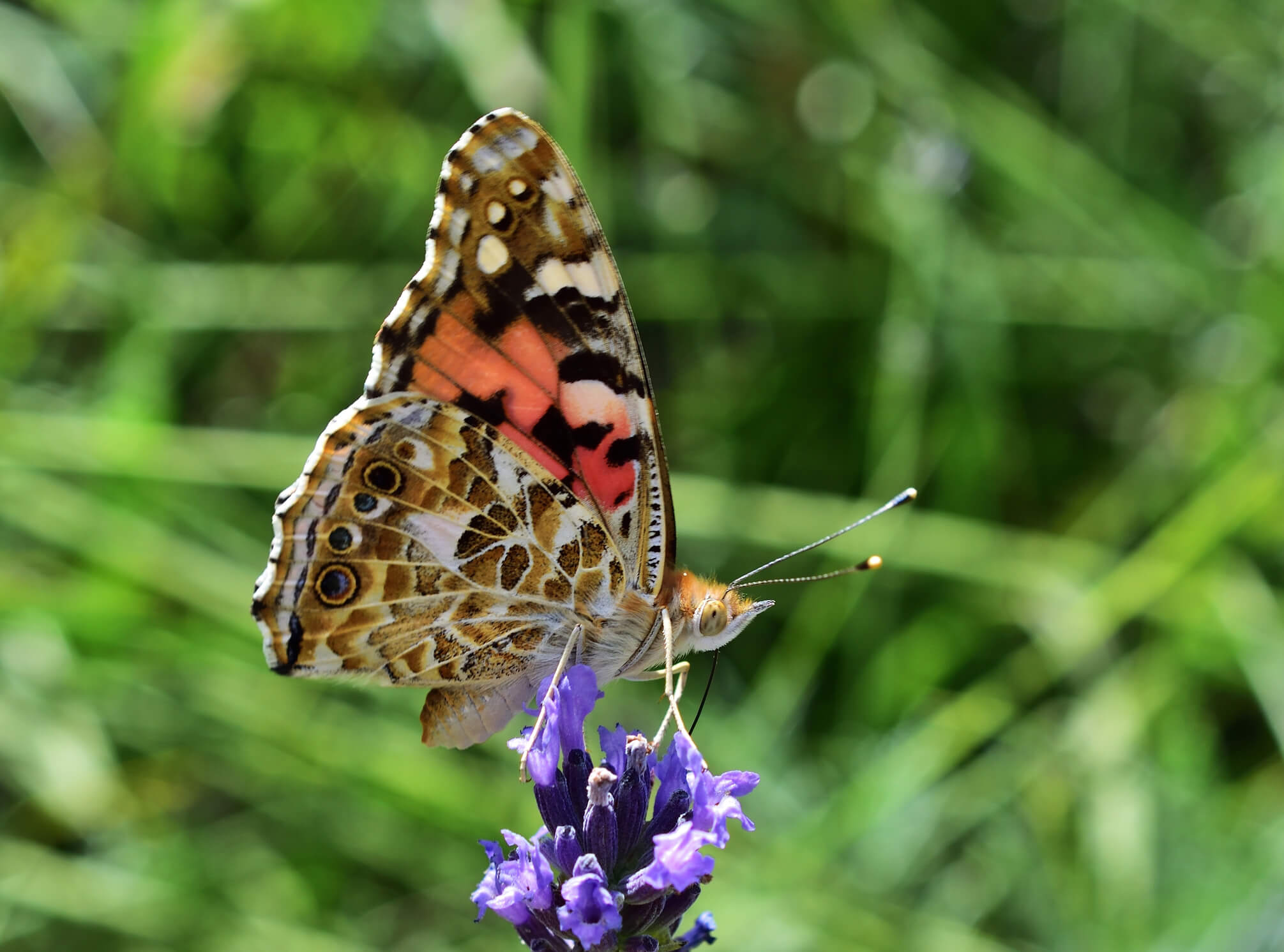
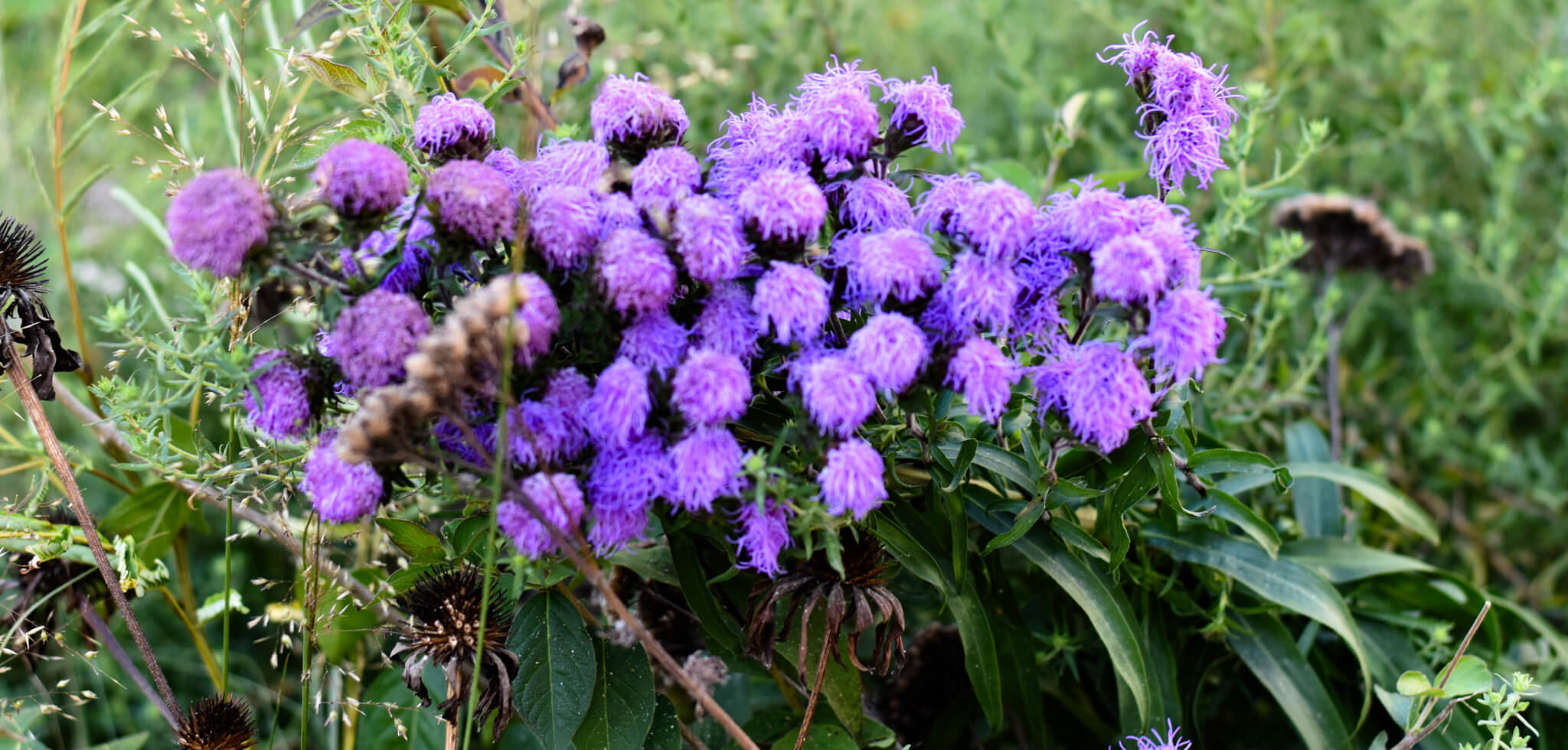
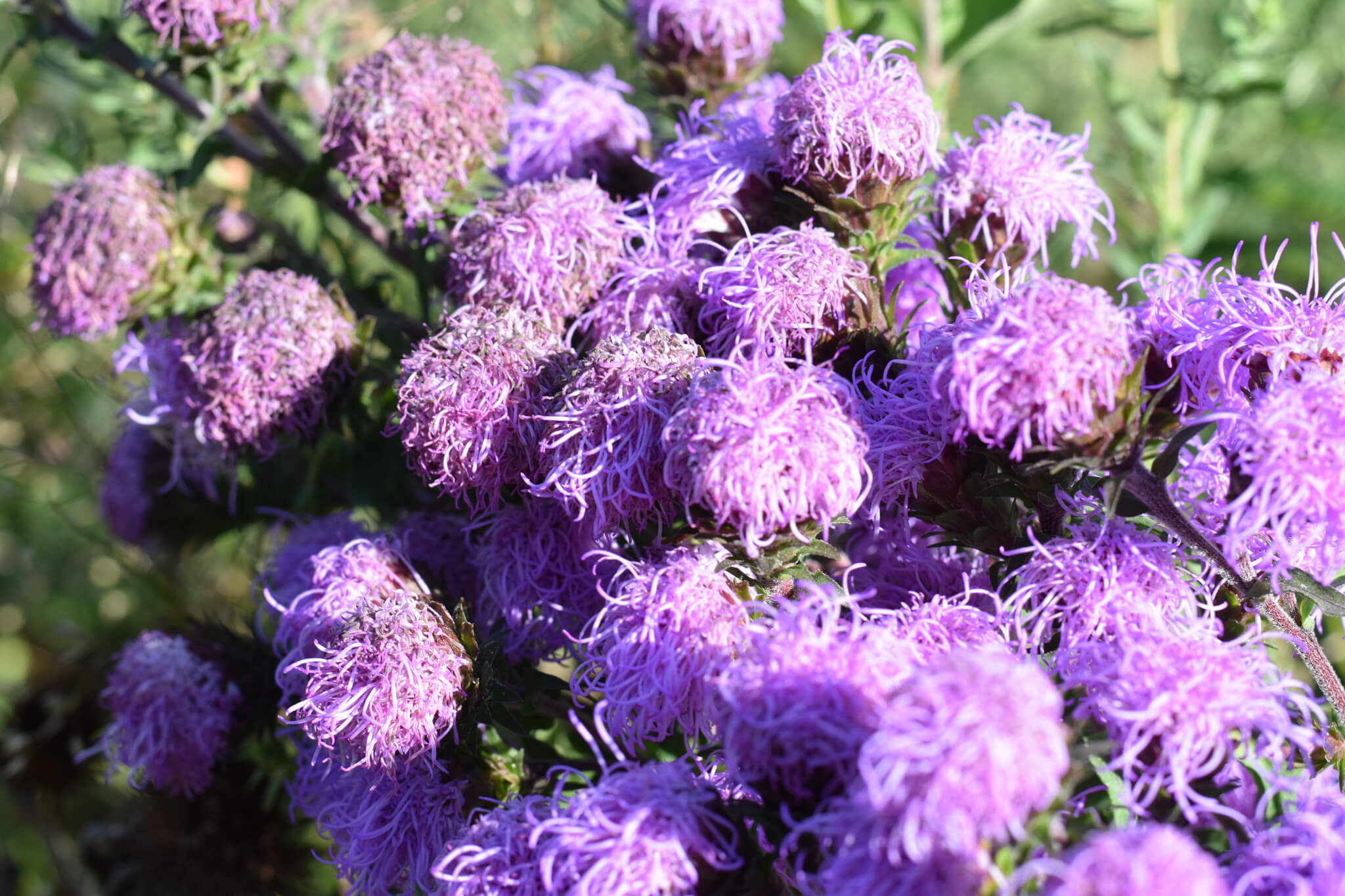
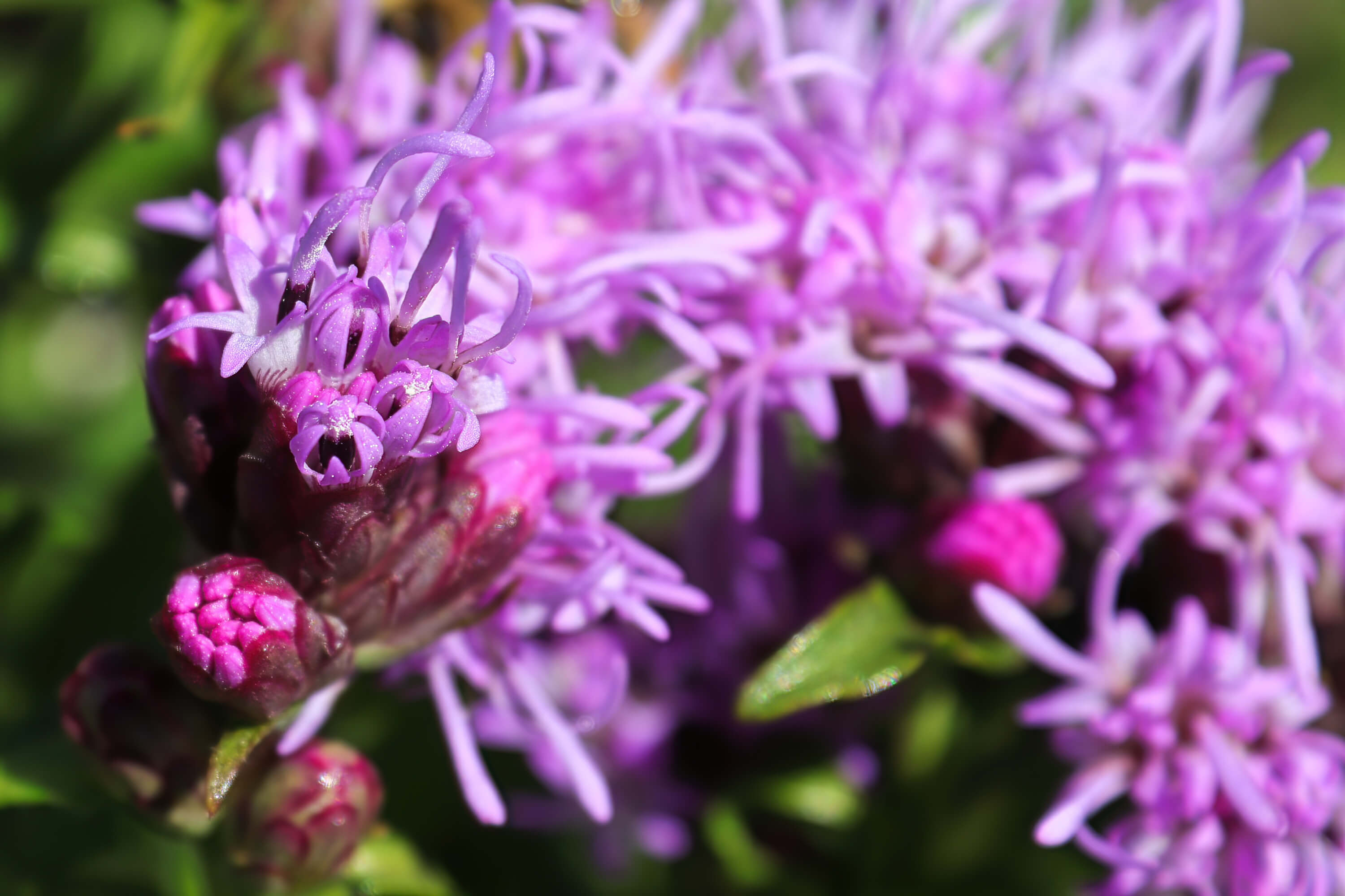
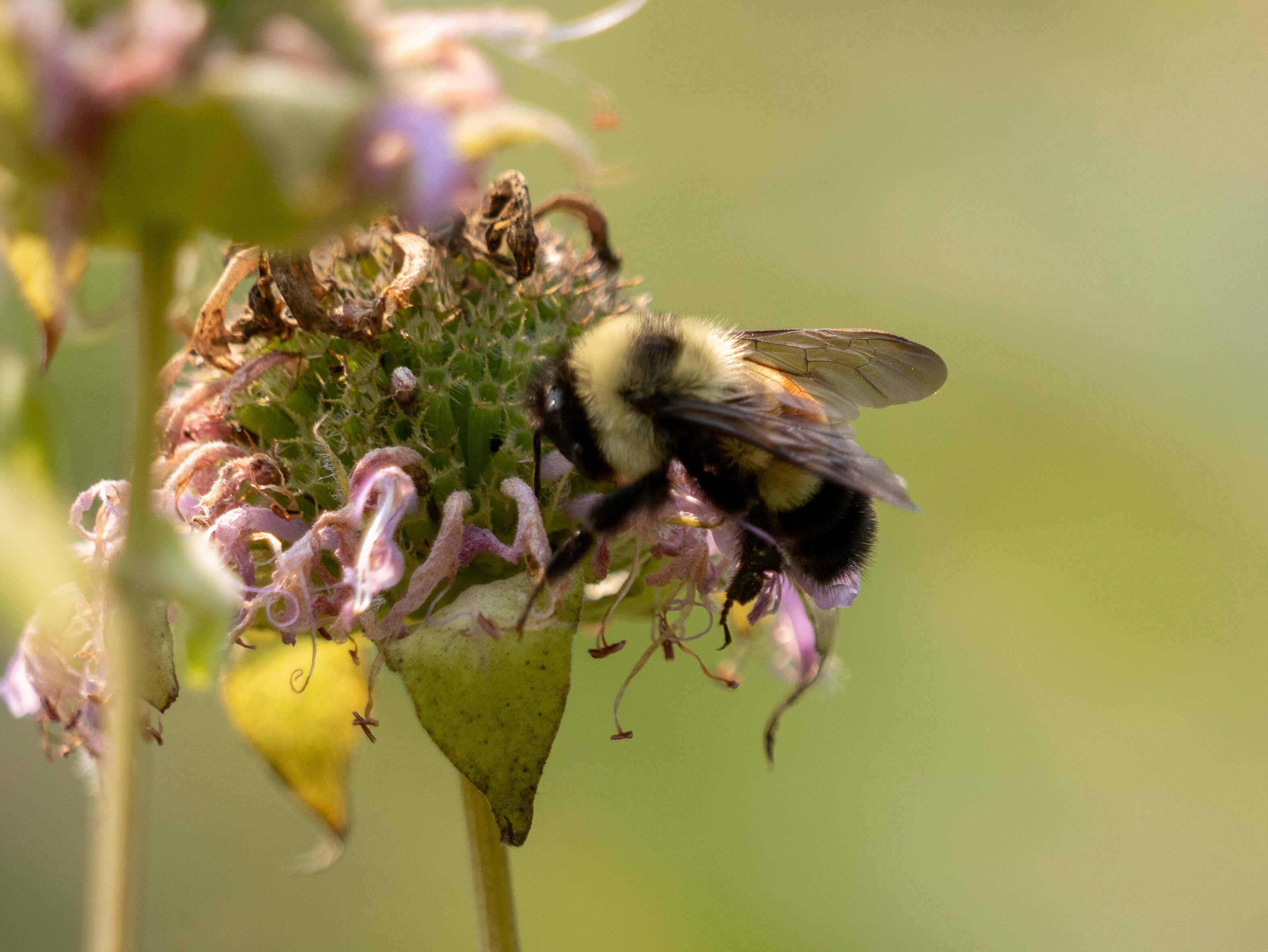
.jpg)
.JPG)
